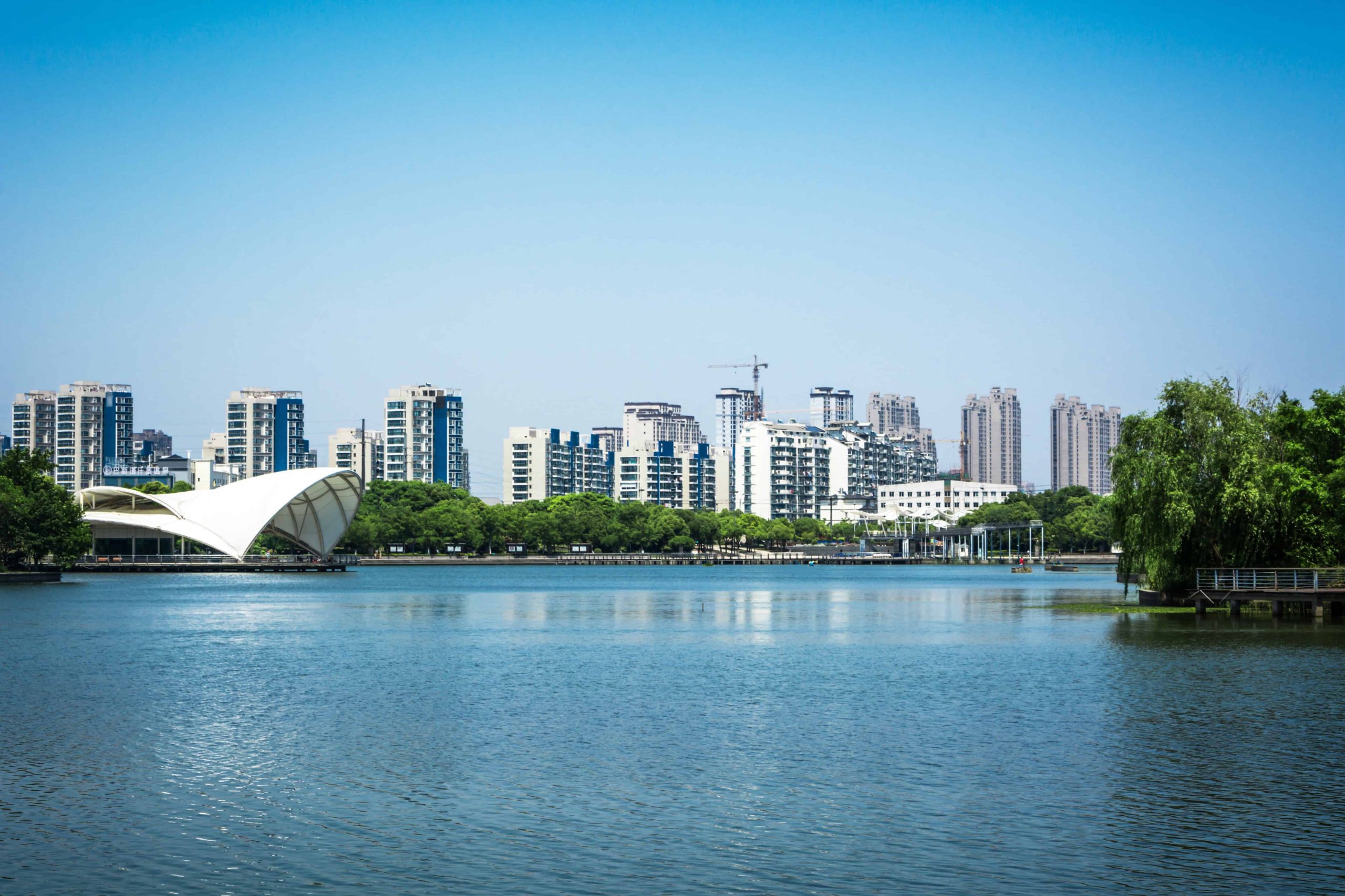Advantages and Drawbacks of Investing in Commercial Properties

Investing in commercial property can be a lucrative way to build wealth and diversify your portfolio. However, like any investment, it comes with its own set of benefits and challenges. As mortgage brokers, we aim to provide you with a clear understanding of the key advantages and potential drawbacks to help you make informed decisions that align with your financial goals.
Advantages of Investing in Commercial Properties
1. Higher Rental Yields
Commercial properties typically offer higher rental yields than residential properties.
- Average Yield: 5–8% annually for commercial vs 2–4% for residential.
- Example: A $1 million investment in commercial property could generate $50,000–$80,000 annually in rental income, compared to $20,000–$40,000 for residential properties
2. Long-Term Lease Agreements
Commercial leases often range from 3 to 10 years, providing investors with predictable cash flow.
- This reduces the frequency and cost of tenant turnover compared to residential leases, which typically last only 6–12 months.
- Long leases also protect against market fluctuations, ensuring stable income over time.
3. Tenants Often Cover Outgoings
In many cases, commercial tenants are responsible for covering operating expenses, such as:
- Council rates
- Insurance premiums
- Property maintenance
This arrangement can increase an investor’s net rental income by 15–20% compared to residential properties, where landlords usually bear these costs.
4. Portfolio Diversification
Adding commercial properties to your portfolio can reduce overall risk.
- Residential properties are closely tied to housing market trends, whereas commercial properties depend on business demand and economic activity.
- Diversifying across property types offers protection against sector-specific downturns.
5. Potential for Capital Growth
Well-located commercial properties often experience strong capital appreciation.
Example: A commercial property near a newly developed infrastructure project could appreciate by 15–20% within five years, far outpacing the national average for residential properties.
Drawbacks of Investing in Commercial Properties
1. Higher Rental Yields
Commercial properties typically offer higher rental yields than residential properties.
- Average Yield: 5–8% annually for commercial vs 2–4% for residential.
- Example: A $1 million investment in commercial property could generate $50,000–$80,000 annually in rental income, compared to $20,000–$40,000 for residential properties
2. Long-Term Lease Agreements
Commercial leases often range from 3 to 10 years, providing investors with predictable cash flow.
- This reduces the frequency and cost of tenant turnover compared to residential leases, which typically last only 6–12 months.
- Long leases also protect against market fluctuations, ensuring stable income over time.
3. Potential for Capital Growth
Well-located commercial properties often experience strong capital appreciation.
Example: A commercial property near a newly developed infrastructure project could appreciate by 15–20% within five years, far outpacing the national average for residential properties.

How Lagos Financial Can Help
At Lagos Financial, we provide tailored guidance to help you weigh the pros and cons of commercial property investments. Our services include:
- Assessing your financial capacity and securing the best financing options.
- Connecting you with trusted industry experts for property evaluations.
- Offering strategies to maximise returns and minimise risks.
Frequently Asked Questions
Are commercial properties more profitable than residential properties?
Yes, commercial properties often provide higher rental yields (5–8% annually) and reduced expenses due to tenant-covered outgoings. However, profitability depends on factors like location and tenant quality.
What are the risks of investing in commercial properties?
Key risks include longer vacancy periods, economic sensitivity, and higher initial costs. Mitigation strategies include selecting high-demand locations and working with experienced property managers.
How much deposit is required for a commercial property?
Most lenders require a deposit of 20–40% of the property’s value. For example, a $1.5 million property would need a deposit of $300,000 to $600,000.
Why are commercial tenants responsible for outgoings?
Commercial leases often include provisions requiring tenants to cover operating expenses like council rates, insurance, and maintenance, reducing costs for landlords.
Is commercial property a good long-term investment?
Yes, well-located commercial properties can offer steady income through long-term leases and capital appreciation, especially in growing business hubs.
How can I reduce the risks of investing in commercial properties?
- Diversify your portfolio across property types and locations.
- Select properties in high-demand areas with strong economic activity.
- Partner with a mortgage broker to secure the best financing options.
How does location impact commercial property investments?
Location significantly affects tenant demand, rental yields, and property value. Properties near infrastructure projects or in business hubs often outperform those in less accessible areas.
Are commercial property loans more expensive than residential loans?
Yes, commercial property loans typically have higher interest rates and stricter requirements, but they also offer higher income potential.
Ready to Explore Commercial Property Investments?
Take the first step toward informed and confident investing.
Connect with one of our expert brokers today.
